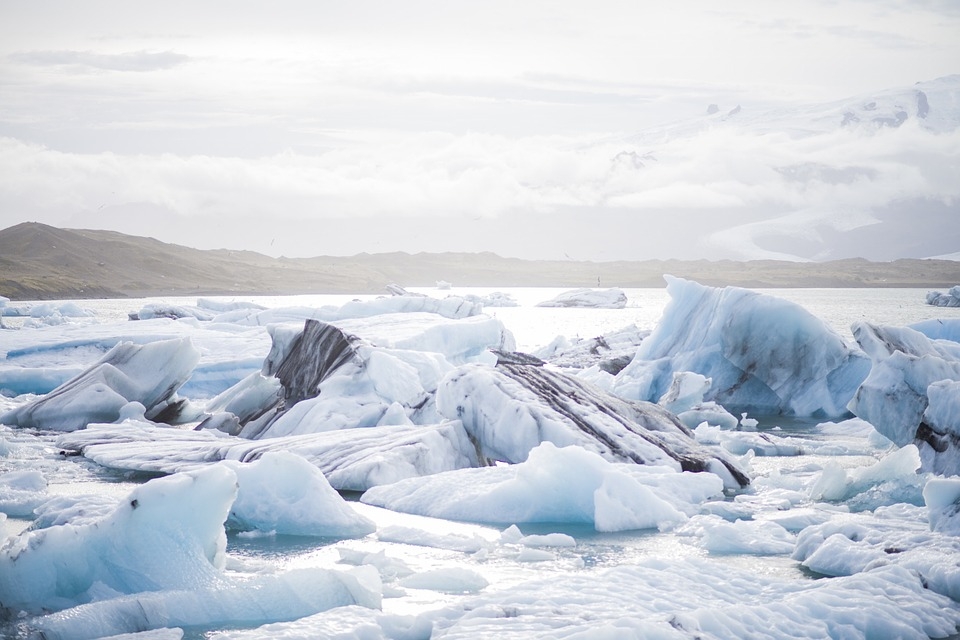Of all the parts in the world, the Arctic region is taking the biggest hit from the problem that is climate change. The problem has already gone to an extent where scientists are seeing a new Arctic region possibly form due to the changing weather.
Scientists from the National Center for Atmospheric Research found that the continuously changing climate in the Arctic circle could potentially bring on a new “Arctic dawn.” They found that it was only a matter of decades that made climate change to this extent.
According to the study’s lead author, scientist Laura Landrum, “The rate of change is remarkable. It’s a period of such rapid change that observations of past weather patterns no longer show what you can expect next year. The Arctic is entering a completely different climate than just a few decades ago.”
The researchers pointed out the difference of the North Pole from decades ago and the “new Arctic” are more rainfalls than snow during the fall and winter seasons. This means there is a shift in atmospheric temperature, confirmed by hundreds of simulations that were previously done of the climate conditions found in the icy continent. They also found that 31 percent of sea ice was lost since 1979 to 1988.
According to the simulations done of the so-called new Arctic, they found that it could go for three to 10 months without any sea ice compared to having none at this time - based on the greenhouse gas estimates made. As to when this new Arctic will happen, they believe it will enter this new kind of climate by the turn of the century.
Aside from the Arctic region, climate change has also taken its toll on Greenland as of late. Due to the warming planet, 113 square kilometers of the ice sheet at the Nioghalvfjerdsfjorden Glacier has broken off. The glacier, also known as 79N, is the largest remaining ice sheet in Greenland, but it is melting and breaking away at a drastic rate.
It has already lost a significantly large part back in 1999, equivalent to two times the size of Manhattan in New York, and the rate of its melting and breaking has only accelerated.



 Can golf courses help save the planet? Ask a herd of wild pigs
Can golf courses help save the planet? Ask a herd of wild pigs  Potassium in our soil is running low, threatening global food security – new study proposes a way out
Potassium in our soil is running low, threatening global food security – new study proposes a way out  Black hole, neutron star or something new? We discovered an object that defies explanation
Black hole, neutron star or something new? We discovered an object that defies explanation  Ice ages were not as dry as we thought, according to surprising new Australian cave study
Ice ages were not as dry as we thought, according to surprising new Australian cave study  How do airplanes fly? An aerospace engineer explains the physics of flight
How do airplanes fly? An aerospace engineer explains the physics of flight  Synthetic human embryos let researchers study early development while sidestepping ethical and logistical hurdles
Synthetic human embryos let researchers study early development while sidestepping ethical and logistical hurdles  What if whales took us to court? A move to grant them legal personhood would include the right to sue
What if whales took us to court? A move to grant them legal personhood would include the right to sue  COP28 deal confirms what Australia already knows: coal is out of vogue and out of time
COP28 deal confirms what Australia already knows: coal is out of vogue and out of time  Demography and reproductive rights are environmental issues: Insights from sub-Saharan Africa
Demography and reproductive rights are environmental issues: Insights from sub-Saharan Africa  Six space missions to look forward to in 2024
Six space missions to look forward to in 2024  Rogue waves in the ocean are much more common than anyone suspected, says new study
Rogue waves in the ocean are much more common than anyone suspected, says new study  We're in an El Niño – so why has Australia been so wet?
We're in an El Niño – so why has Australia been so wet?  Why now is the time to address humanity’s impact on the moon
Why now is the time to address humanity’s impact on the moon  ‘Legal animism’: when a river or even nature itself goes to court
‘Legal animism’: when a river or even nature itself goes to court  Larger and more frequent solar storms will make for potential disruptions and spectacular auroras on Earth
Larger and more frequent solar storms will make for potential disruptions and spectacular auroras on Earth 































